Language
You can read the magazine in one of the following languages
A solitary black pine towers above Mamula Island, a 19th century fortress at the entrance to the Bay of Kotor. It stands sentinel to history, but also to the island’s lavish new incarnation, the beautifully restored and reimagined Mamula Island Hotel.
“An Indian guru who came here last summer and blessed the tree said it holds a lot of spiritual chatter,” Mamula Island Hotel General Manager Henning Schaub says.
The tree, a Montenegro pinus nigra, has inspired design elements in the hotel, as well as its elegant speakeasy, Pinea.
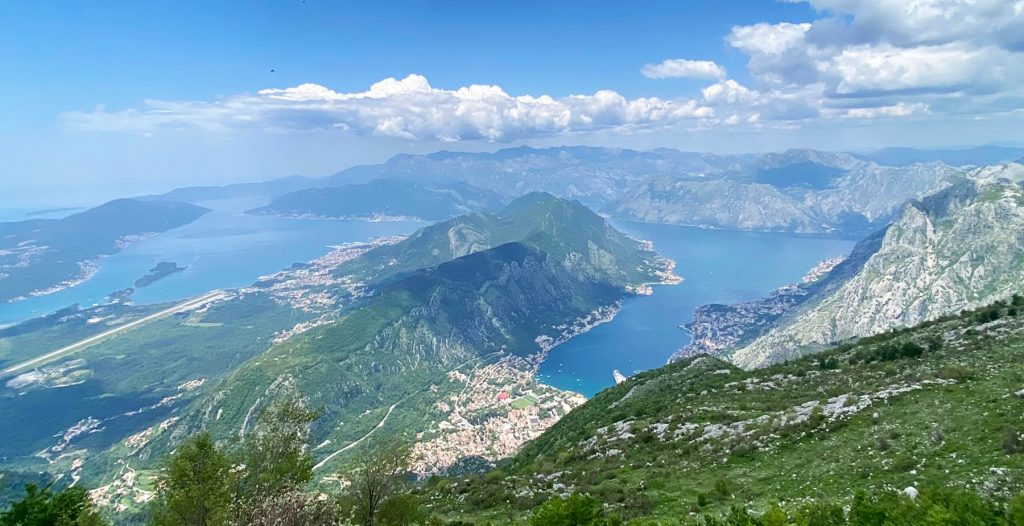
If this tree could talk, I wonder what it might say. Whispers of maritime winds and shipwrecking seas? Stolen kisses and first swims? Or perhaps the island’s storied past, both heroic and truly terrible.
Two days earlier, a speedboat had whisked me across the bay to this thimble of stone at the mouth of the Adriatic Sea, one of three defensive fortifications built in the 1850s by Austro-Hungarian General Lazar Mamula.
On one side, Croatia extends a final finger into the sea. On the other, the UNESCO World Heritage-listed Bay of Kotor dances away, a string of sun-bleached villages presided over by the Dinaric Alps.
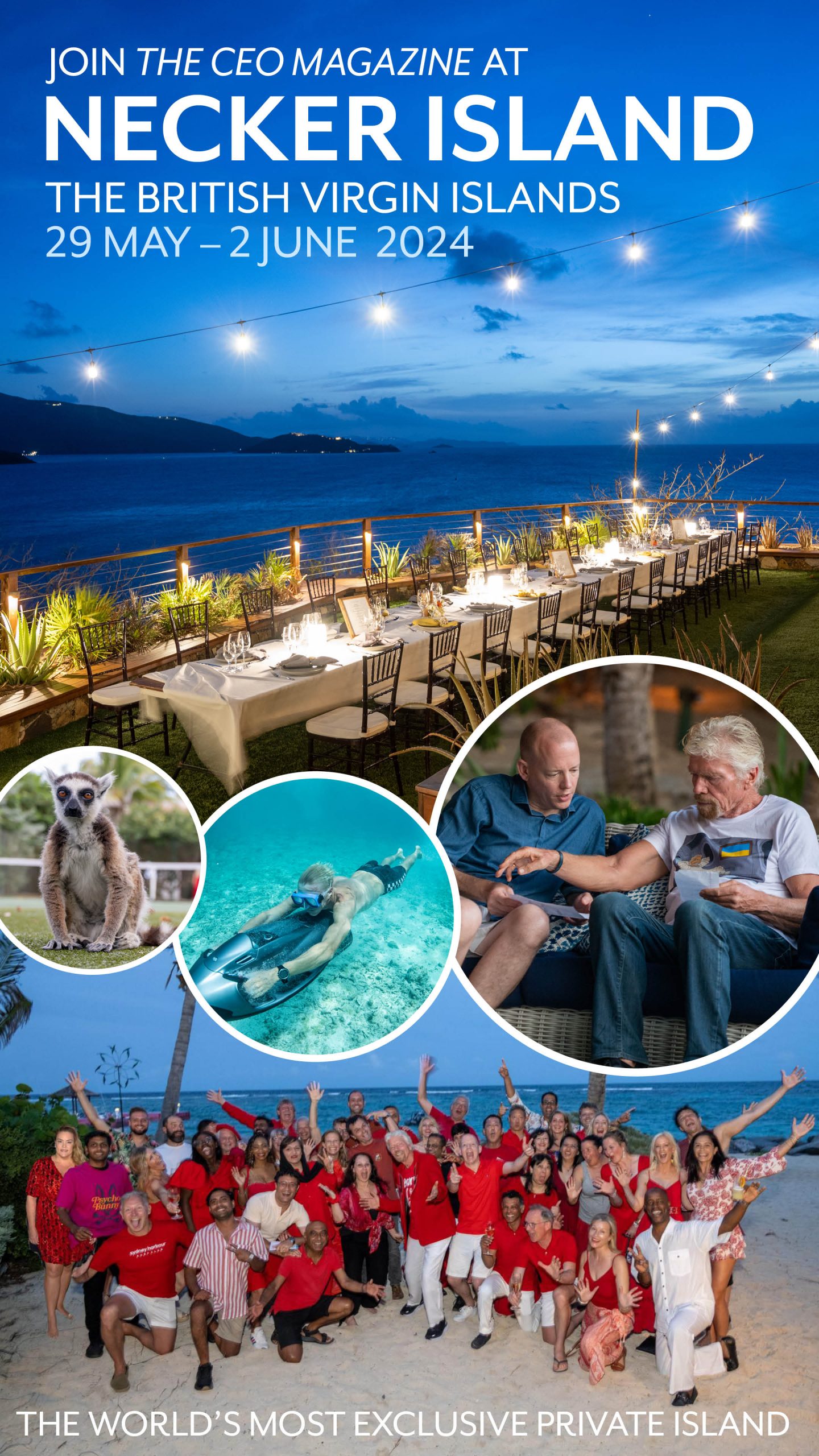
The island appears tiny, but by degrees, it is me who is whittled to size. A buggy hurries me past a tiny beach and a yoga deck, and across a drawbridge entrance to where a massive tower surrounds a light-filled atrium and spa.
Raking light sends long rectangular shadows across a spartan courtyard, where junior suites now occupy the former cannon rooms. On my way to the pool deck, I glimpse a cinematic reel of emerald mountains, sapphire seas, speeding gulls and olive trees.
It’s on the upper terrace for check-in, with a glass of Bosnian sparkling in hand, that I finally feel shrunk to size. But also utterly relaxed – a subtle decompressing courtesy of the fort’s symmetrical design.
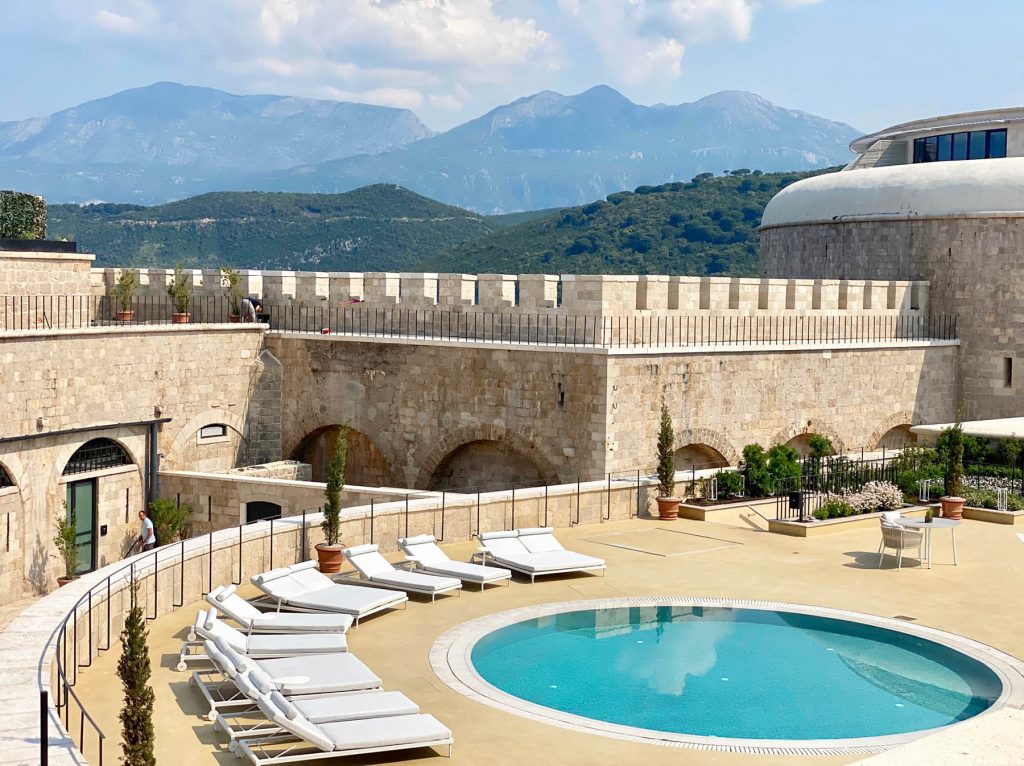
Mamula Island Hotel is spread out before me like a map. Two wings surround the pool deck, where the main restaurant and three pools are neatly flanked by white sun loungers. There are splashes of marine blue and green, with architectural curves softening the otherwise domineering sandstone-colored walls.
Set against the upper ramparts is fine diner Kamena, a stone bunker with windows to the setting sun. Rising Canadian-French executive chef Erica Archambault is behind the sustainable six-course degustation that sings of the sea and soil. Hidden speakeasy Pinea sits opposite, its outdoor terrace a convivial spot for handcrafted cocktails and syrups made from local ingredients.
What Montenegro lacks in size, it more than makes up for with spectacular natural beauty. Mountain peaks tower above curtseying valleys, an epic see-sawing landscape that gently falls to pristine lakes, and the dreamy, fjord-like Bay of Kotor.
I spent a week cycling it with UTracks, a self-guided itinerary that traced the bay, spinning past Herceg Novi, the twin island churches of Perast and onto UNESCO-listed Kotor – the hilltop fortress perched watchfully over the bay.
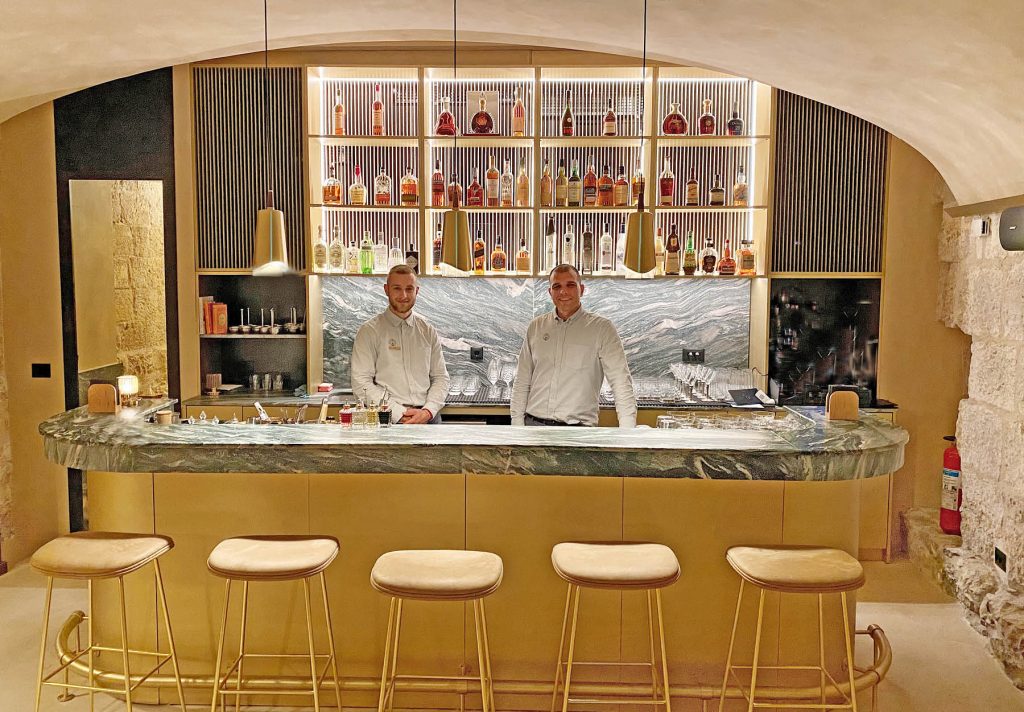
Mountains, sea, lakes and more peaks were the week’s aesthetic. The arrival in recent years of ultra-luxurious seafront hotels has ushered in a new level of sophisticated luxury.
The glamorous 45-suite Nikki Beach set the tone in 2021, bringing its lavish high-end beach club to the harbor town of Tivat – Montenegro’s own Saint-Tropez. Europe’s first One&Only resort followed, a Venetian-inspired beauty in the newly built marina in Portonovi. The Ritz-Carlton is slated to open a sleek 120-room hotel and yacht club on the western tip of Luštica Peninsula in 2024.
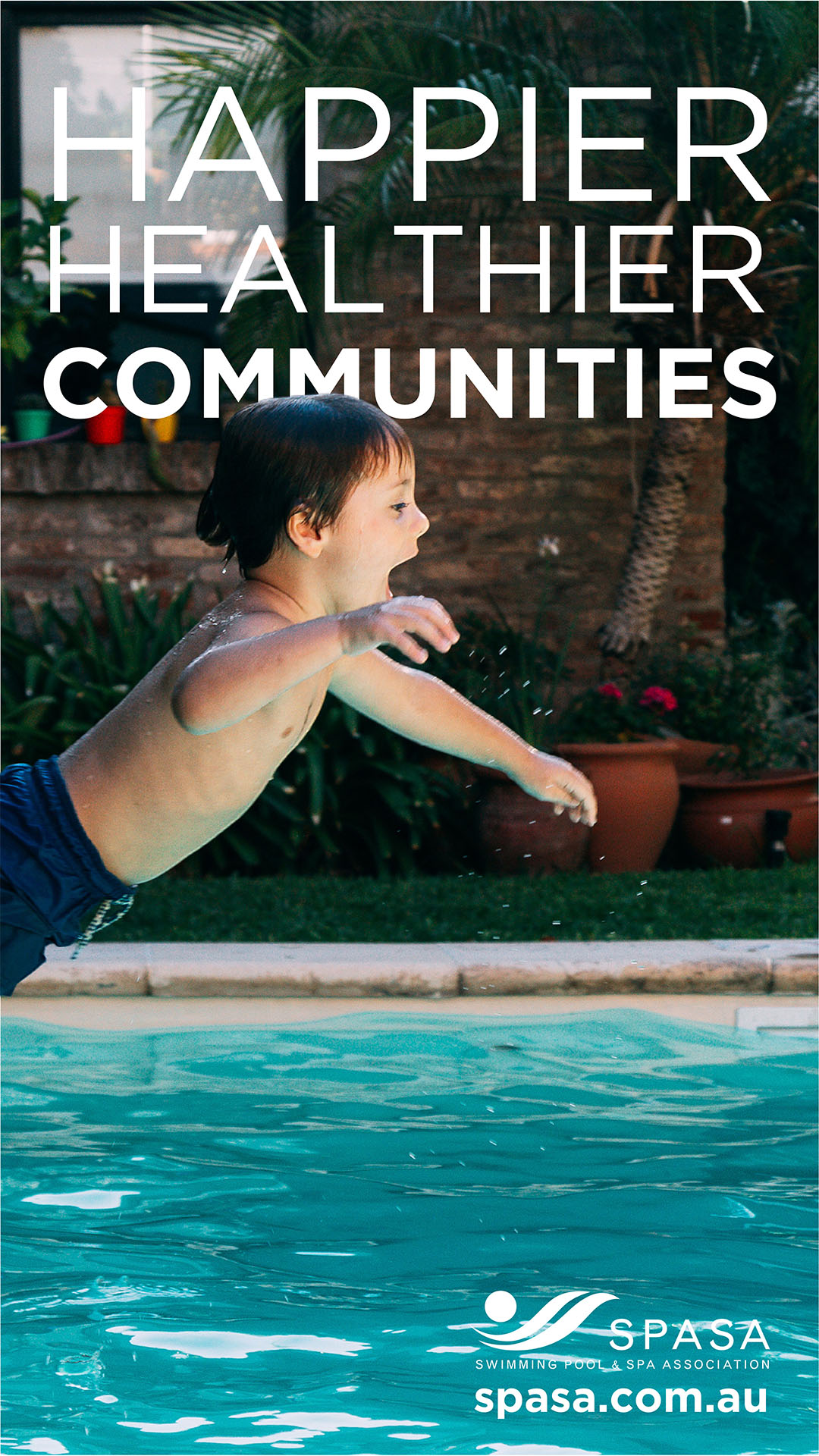
Mamula Island Hotel opened this year, the passion project of Samih Sawiris, the Egyptian-born billionaire behind the luxury The Chedi hotels. MCM Lisbon was brought in to oversee the minimally invasive design, which saw panoramic rooms and suites with floor-to-ceiling glass and private balconies added to the crown of the tower.
Every stone was meticulously restored with local heritage experts, including two years spent bringing to life the Byzantine mosaics unearthed in the Sky Suites on the first floor of the tower.
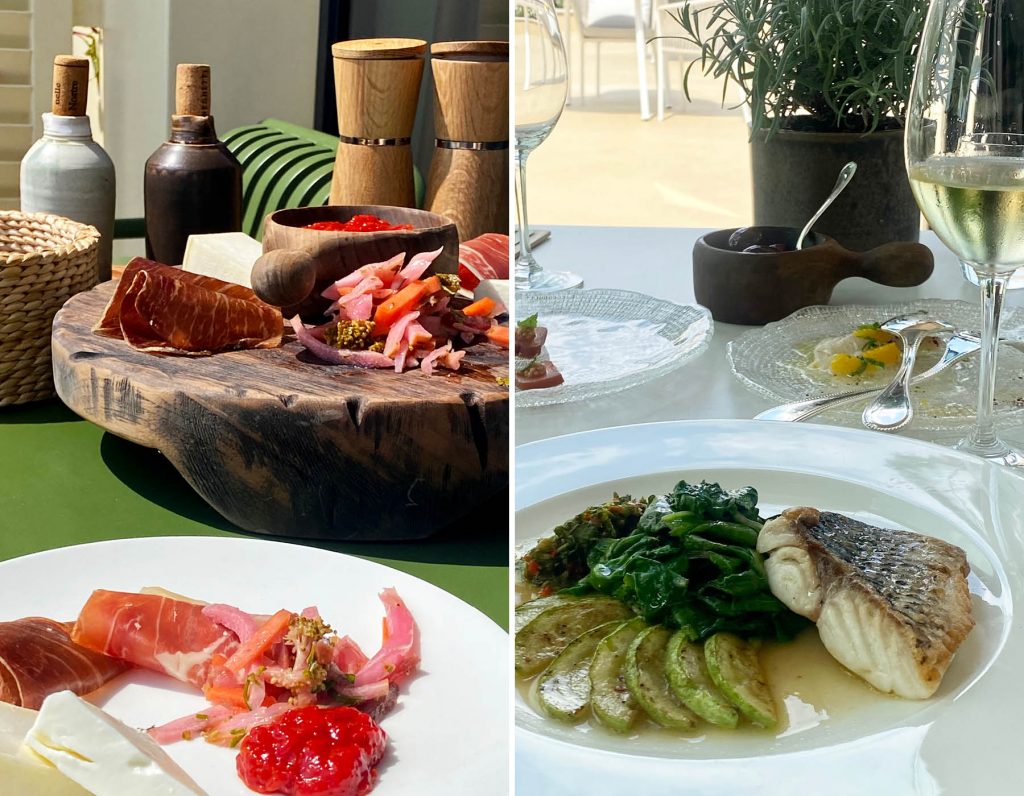
To date, the project has taken seven years, and cost almost US$10 million. “If we had to remove everything tomorrow, it would be as it was before,” Schaub says.
In all, 22 suites and 10 rooms gaze out to sea and the passing parade of yachts, fishing boats, ferries and herring gulls. Mine is one of eight garden rooms installed along the upper rampart, with a private terrace bathed in afternoon light and a shared courtyard looking out to the pool deck and distant mountain peaks.
Polish interior designer Piotr Wiśniewski is behind the restful interiors, a soothing concert of curves and arches, natural stone, organic textiles and neutral tones.
Holistic wellness is at the heart of Mamula Island; its ritual rooms an oasis for sound healing, private yoga, meditation and Pilates. It’s here I sweat it out in a private all-body high-intensity interval training class.
Other days are filled with restorative bouts in the spa halotherapy room, experience showers, Finnish and aromatherapy saunas and a steam room. Treatments in the vaulted stone rooms include facials from Swiss brand ananné and an excellent stone massage using local limestone to stimulate circulation, detox and lymphatic drainage.
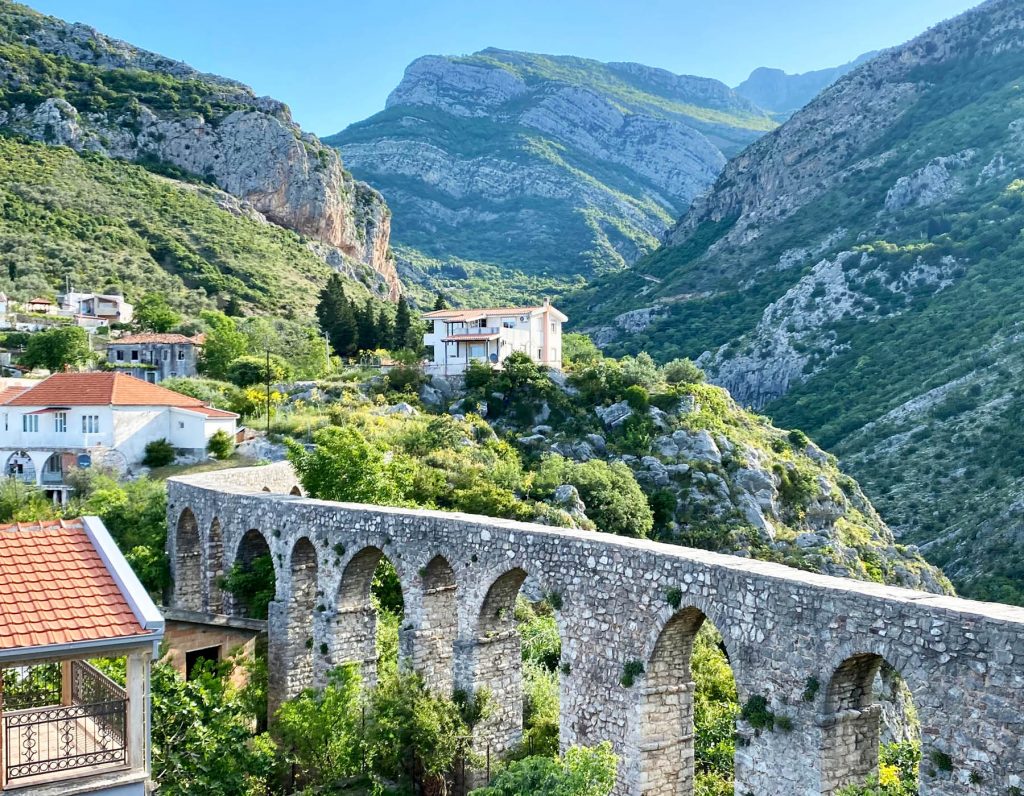
Outside the fort walls is a private beach and the Sun Deck restaurant, a casual spot perched above the sea with a raw bar, fermented wood-fired pizzas and grilled local salads. The hotel can arrange day trips to the ancient harbor town of Herceg Novi or the former royal capital of Cetinje.
Alternatively, embark on a rustic food tour in Luštica Peninsula, a delicious thumb of green only 10 minutes by boat, sprinkled with vineyards, farmland and orchards.
At the heart of Mamula Island Hotel is a memorial museum that charts the island’s checkered but fascinating history. It covers its journey from its beginnings as a defensive fort, to Mussolini’s prison camp in World War II, to derelict ruin and now luxe escape – the latest addition to the Design Hotels portfolio. Photographs show the original fort subsumed by vines, covered in graffiti and stones missing, gulls nesting in its rocky folds.
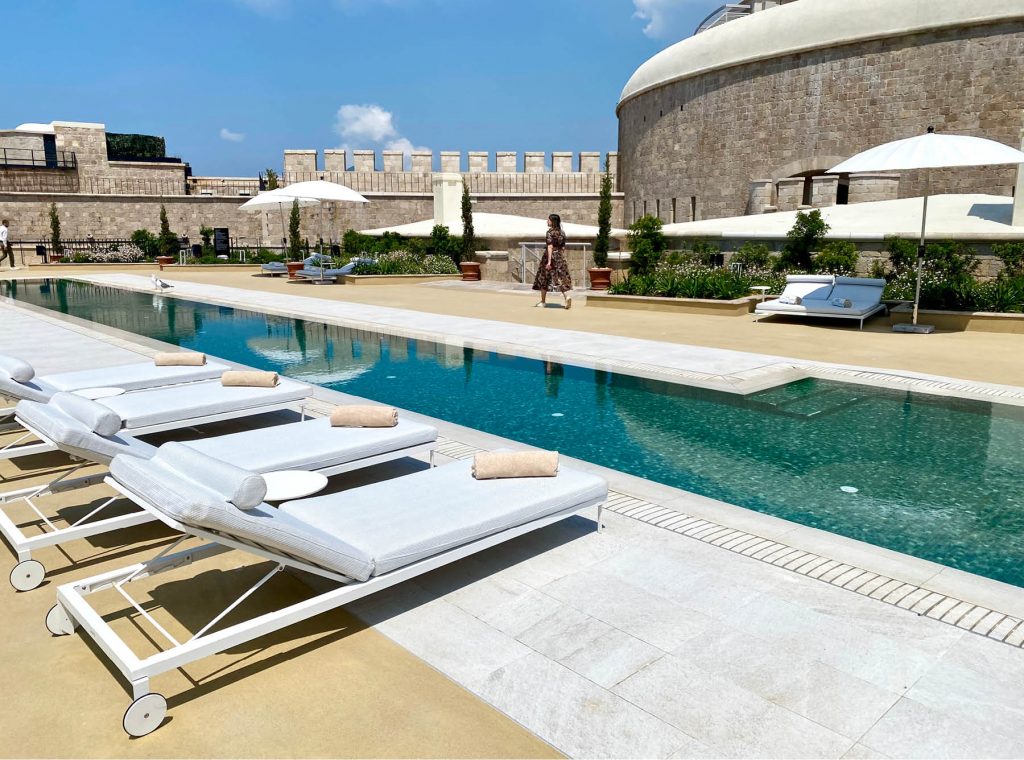
A few stairs down is Atelier, where Schaub intends to host artist residencies and guest workshops in Balkan art, culture and music. My last night coincides with the launch of their summer concert program, a series of music, dance and song that draws from the Balkans’ rich tapestry of culture and history.
The operatic ballet is an ode to spring inspired by Balkan poetry. It is by turns dramatic, deeply moving and incredibly beautiful, not unlike Mamula Island itself.
